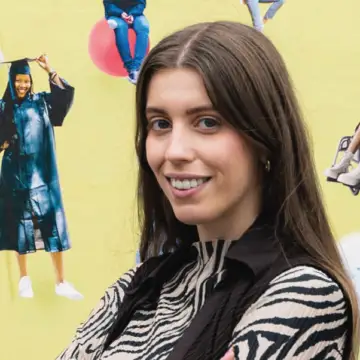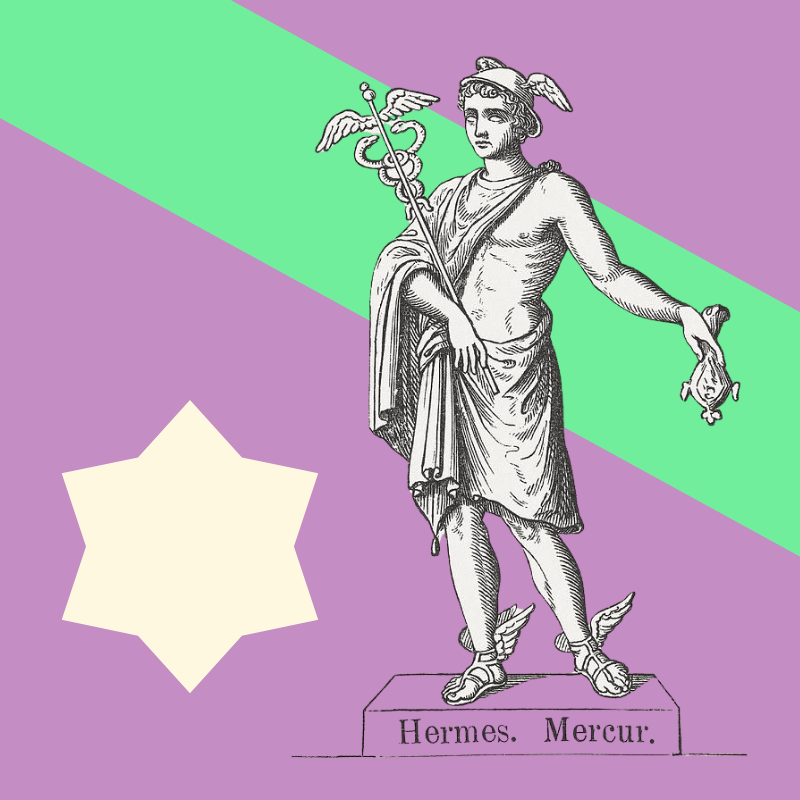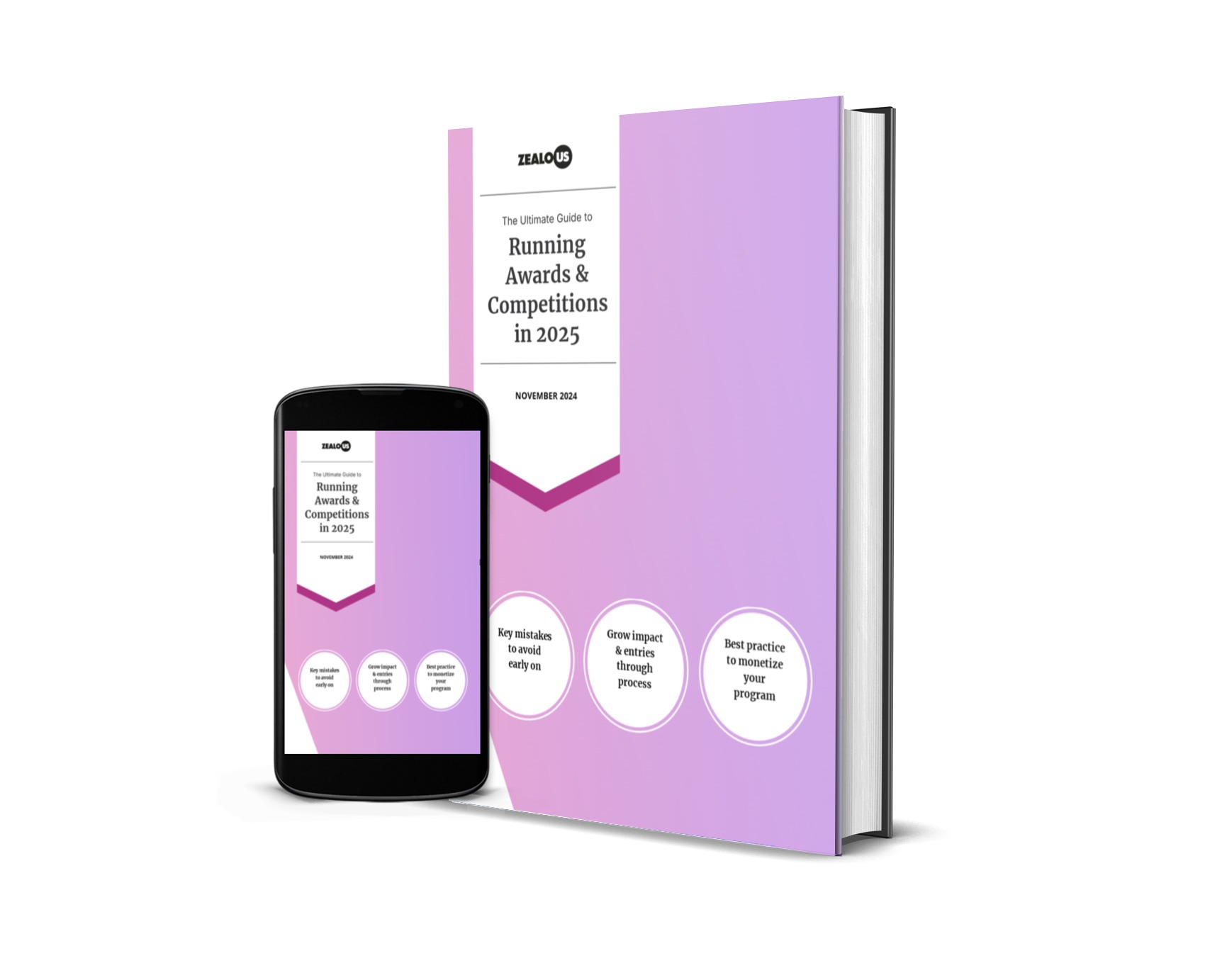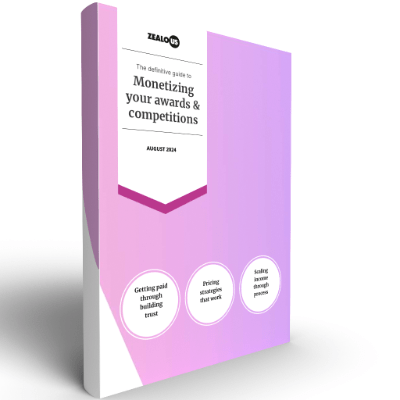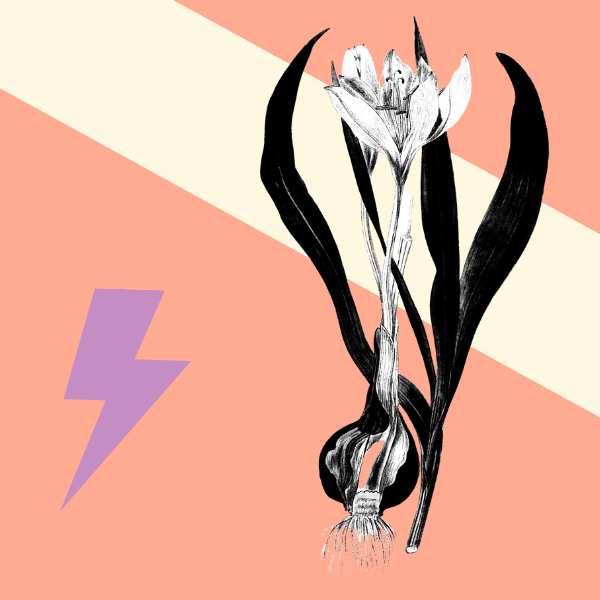UK New Artists (UKNA)
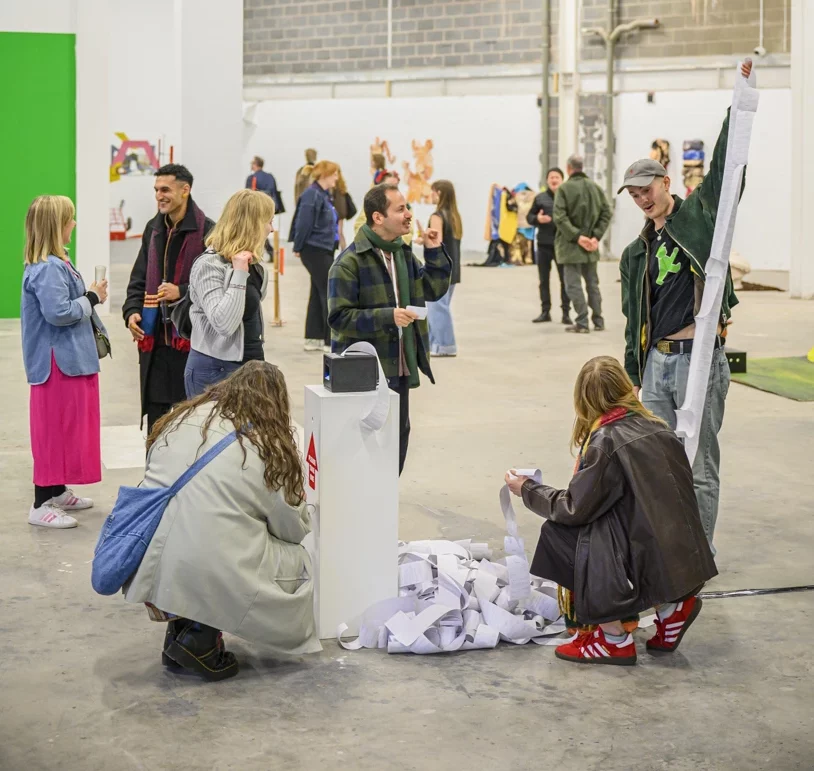
Looking back, we wish we’d anticipated just how many entries we’d receive – and given the judges more time to review the applications. In recent years, with initiatives like the Robert Walters UK New Artist of the Year Award and our People, Place, and Practice programme, our submissions have skyrocketed. For example, we received over 1,000 applications for just 10 places! The sheer volume of incredible work made the decision-making process incredibly tough. The hardest part was letting so many talented individuals down – a reminder of how competitive and emotional these opportunities can be for all involved.
One key lesson we’ve learned is the importance of presenting information as clearly and as accessible as possible (something we are trying to improve on every time). What might seem obvious to us as organisers – like eligibility criteria or the application process – can be confusing or easy to miss for applicants. By paying extra attention to how information is structured and communicated, we try our best to make the entire process smoother and less stressful for everyone.
It goes without saying that we wish we’d discovered Zealous sooner. This user-friendly platform makes it so much easier to manage awards and open calls to submissions. It would have saved us a lot of time and effort in those early days!
UK New Artists (UKNA) is a creative talent development organisation focused on expanding opportunities for emerging artists to be seen and heard.
You can find more from UK New Artists on their website, Instagram, Facebook and LinkedIn.
Milly Aburrow, Artist
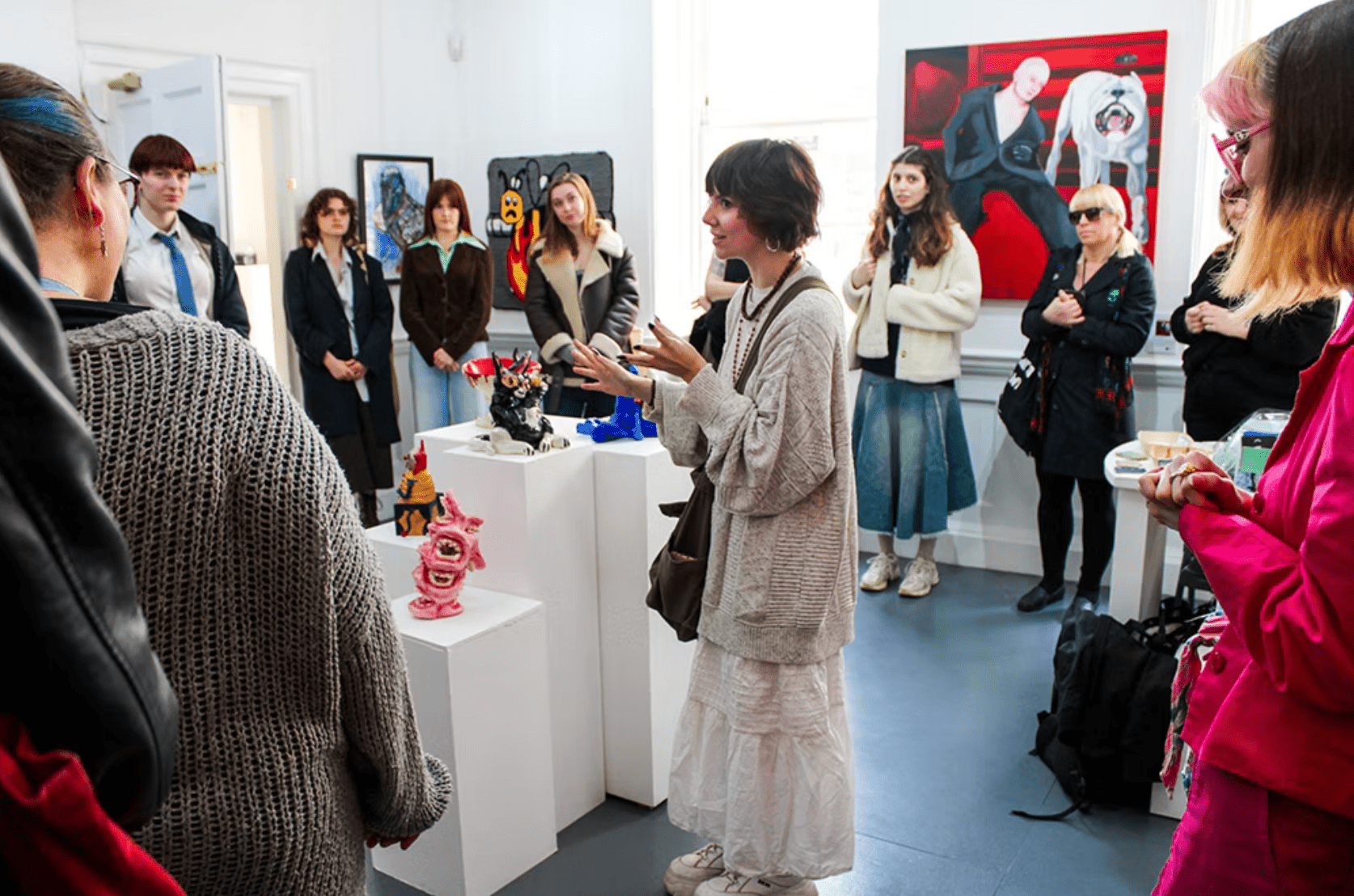
Before embarking on the open call projects Potluck and In Your Dreams, I wish I had been more aware of the challenges involved in securing and applying for funding. As an artist, an exhibition opportunity where I pay a fee is always something I carefully consider before committing and I recognise the privilege of being able to make such considerations.
For these group-curated projects, I sought funding and grants to ensure the opportunities were accessible to all participants and to cover the administrative and operational costs of the shows. Unfortunately, despite my efforts, I was unable to secure the necessary funding. As a result, we had to introduce an exhibition fee to make the projects viable. For In Your Dreams, we provided fee waivers for five exhibitors, aiming to reduce barriers where possible.
I am incredibly grateful to the artists who entrusted us with their work and their participation in both projects. I hope they found the experience as rewarding as I did.
Looking ahead, I plan to start organising future exhibitions at least five months in advance to allow more time to secure funding. My goal is to make these opportunities free for participants, potentially offer payment to exhibiting artists, and ensure fair compensation for myself—objectives that have unfortunately been unattainable in the past.
Milly Aburrow is an Artist based in Bath and graduate resident at 44AD Artspace.
You can find more of Millie’s work on her website and Instagram.
John Sewell, Founder & CEO of Cosimo

When we launched our ‘Emerging Art Prize’ in 2023, we were overwhelmed by the incredible response, with over 200 talented artists from across Europe submitting their work. The sheer volume of entries was inspiring but presented unexpected challenges. Looking back, I wish we’d anticipated this demand and made the entry requirements more specific. Narrower criteria might have made the selection process more streamlined, while still allowing us to highlight the breadth of creative talent within our wonderful community.
The judging process was particularly challenging, especially for the Judges’ Choice Award, as the caliber of submissions made it difficult to whittle down the entries – though, thankfully we had some incredible judges on the committee.
Meanwhile, allowing the public to vote for the People’s Choice Award was fascinating, as it showed us just how much engagement and enthusiasm there is for contemporary art, and how supportive some of our artist’s followers can be!
Cosimo is an online platform dedicated to helping independent and emerging artists promote, document, and share their work online.
You can find more from Cosimo on their website and Instagram.
Take two minutes to grow entries & reduce stress
Receive weekly tips to grow your impact regardless of what tools you use.
Matt Freidson, Deputy Director of Creative Future
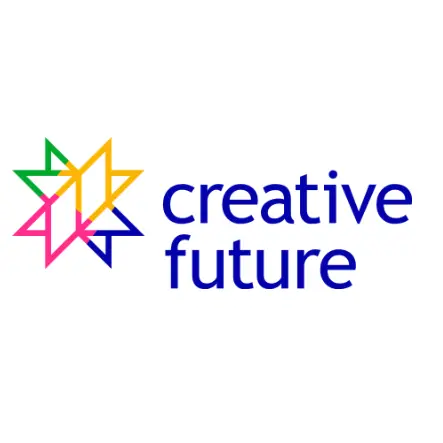
I wish I knew that half of the entries would come in the final two days! This has a huge impact on how you think you’re doing from launch to the final countdown, and the time needed from the deadline to shortlisting and judging!
You can find more of Creative Future’s work on their website and Instagram.
Garth Gratrix, Founder of Abingdon Studios
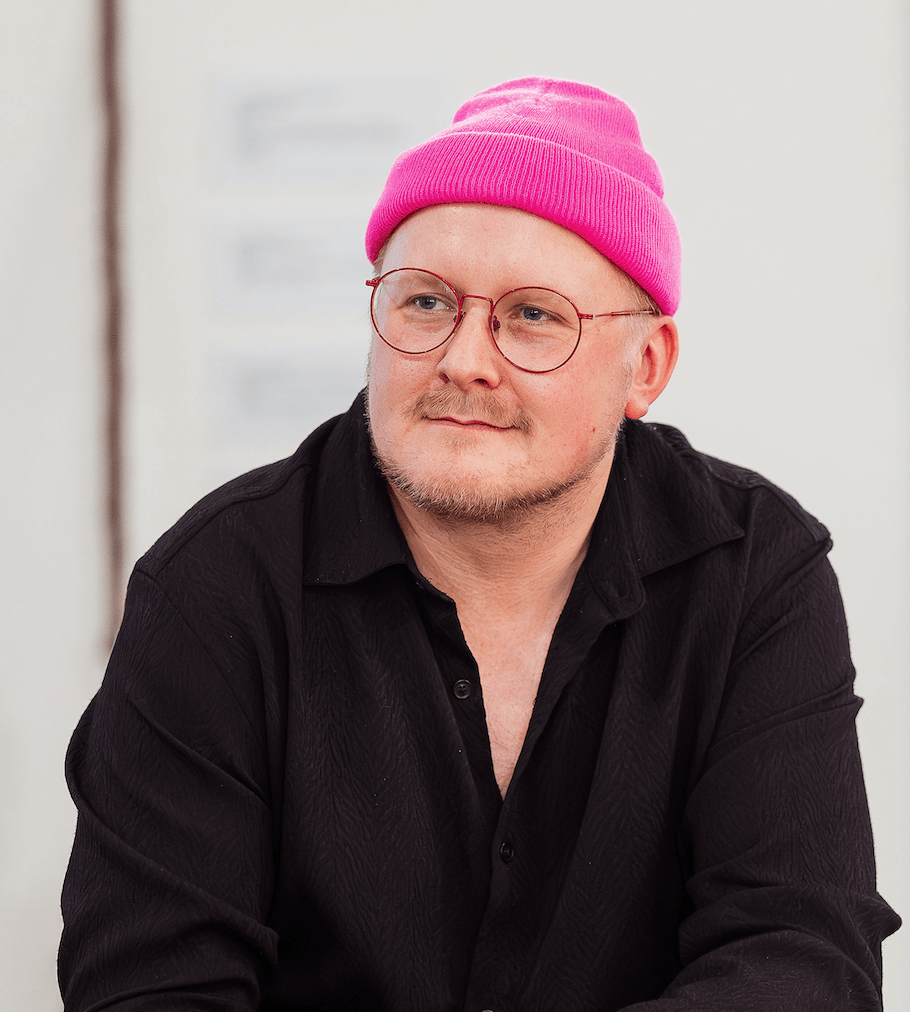
1. Think about who is helping you promote the Open Call beyond yourself? Make them aware of your plans for an Open Call in advance as they will help reach relevant applicants. Sometimes those enquiries can lead to additional offers and contributions into the Open Call. For example brand recognition, partnerships and prize offers. Are you clear on your rationale for the Open Call and the impact you want it to have for the creative community and wider?
2. Make it visual. If you don’t have the skills directly, collaborate with someone to ensure the Open Call catches the eye. Whether a pithy or witty title, really good quality imagery that feels relevant, exciting and bold for people to consider being part of.
3. Help reduce the level of back and forth enquiries by creating a FAQ’s link or page in your promotion of an Open Call. Reducing your personal admin and applicant anxiety around not knowing and then maybe never asking.
4. Allow people to submit in at least three ways, clearly promote those options to avoid time and effort for applicants who then arent able or comfortable applying to the opportunity due to format. Having options will increase reach of diverse applicants and unexpected talent.
5. Do not be overly academic with your language in an Open Call. Their very nature is about provided greater access to an opportunity. Treat it as an exercise in less is more.
6. Really think about what the Open Call is doing for you and the applicant before promoting it. Is a free exhibition for you an equal benefit for the artist in the current climate? Are you showing mutual benefit that is both economic and for portfolio growth? Ensure an Open Call has the same structures in play as a curated exhibit. For example, photography, reviews or writing, winnings or peoples choice acknowledgments, PR for the artists during the showcase, advice and mentorship for continued professional development, curated guest list to influence next opportunities relevant to your selected artists. Don’t just think fleeting here and now, think how it can help longer term for you and those applying.
7. Hate admin and systems? Consider using a platform like Zealous to be able to be supported in the administrative time and capacity to deliver an efficient Open Call.
8. Be the Open Call that provides feedback beyond the generic. Artists give a lot of free time to developing proposals and submitting their work, often without reward. The bare minimum gift back is to accept some extra admin time to empower them to keep applying for opportunities and not be disheartened.
Garth Gratrix is founding director of Abingdon Studios Ltd (est. 2014) and recipient of the Clore Visual Art Fellowship 2023.
You can find more from Garth on their website and Instagram.
Jimmy Lek, Founder of ArtGemini Prize
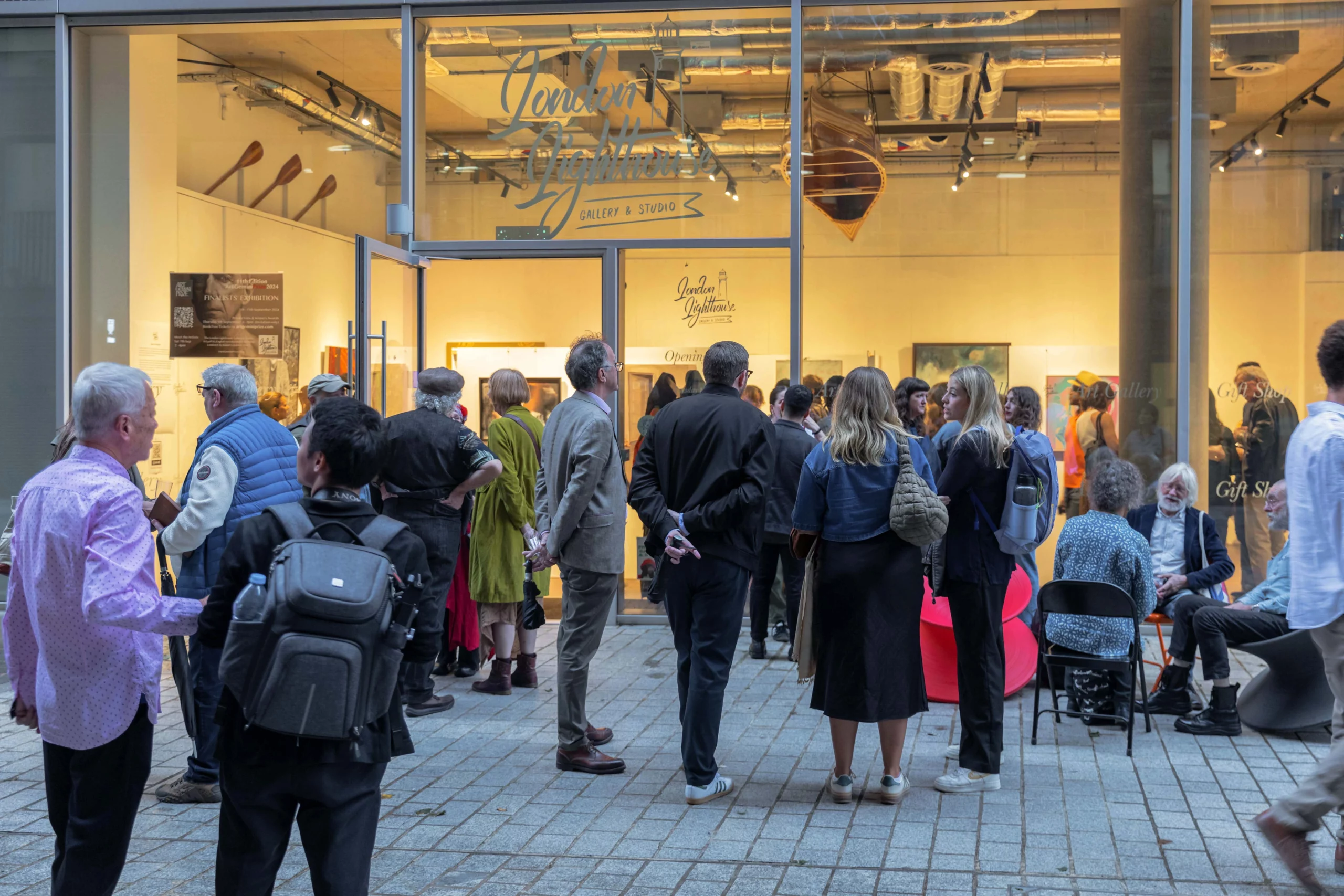
I embarked on my journey into the world of contemporary creative arts after I quit my travel business. After a few years involved in sourcing and exhibitions, I decided to launch my first art competition, namely ArtGeminiPrize in 2012. It was a challenging project with basic research and planning, bearing in mind that there are many art competitions around the world. Risking quite a few thousands pounds investment without knowing how many artists’ entries you might get to cover costs. It was a learning curve and luckily it went well and covered my investment.
Looking back, I must say that planning is crucial and consists of various elements i.e. prize fund, exhibition venue, judging panel, marketing, social media and timing. If you need an exhibition in London, it is expensive and finding a suitable low cost venue is challenging. I also wish I can keep up with AI, the latest tricks of the trade. However, hard work, networking and collaboration still can work.
The ArtGeminiPrize is a celebration to promote international contemporary art for emerging and established artists around the world.
You can find more from ArtGemini Prize on their website and Instagram.
Polly Bates, Founder of Artists Responding To…
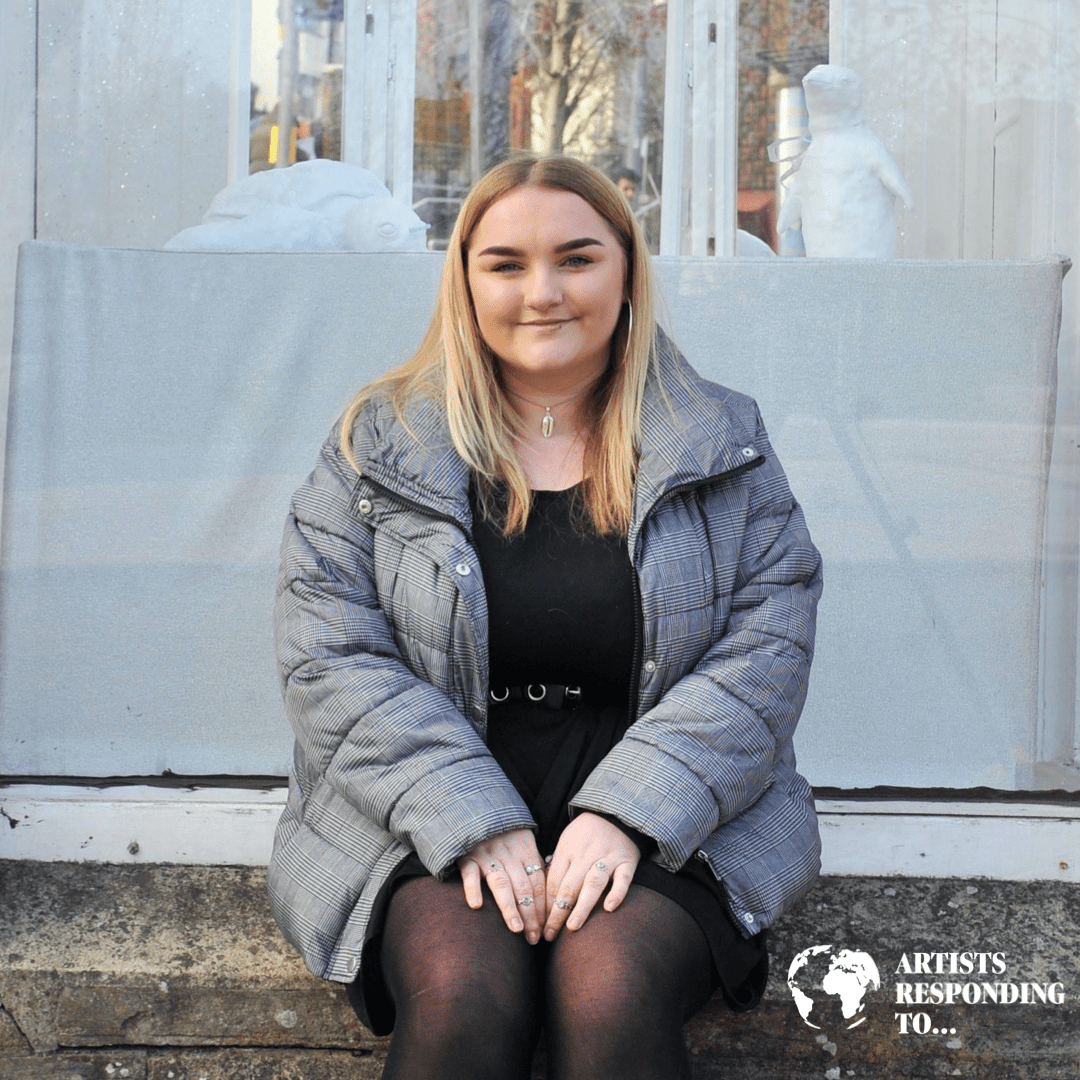
I have plenty experience with Open Calls now from both sides of the applications. As an artist, I have submitted to many exhibitions and opportunities, and with Artists Responding To… I have also reviewed and created many Open Calls as well. I have learnt a few dos and don’ts which I wish I knew years ago, one big one being: aim for quality over quantity, in all senses really. This should be within your practice by finding an interest, honing in and developing your skills, and then conquering your niche, but also with the opportunities and exhibitions you apply for.
Bulking up your CV is always good at the beginning of your artistic career, but finding the opportunities that suit your research, your materials, and your techniques, will provide more for you long term. The people you meet at those Private Views or those that review and accept your work within the Open Calls will be way more valuable to you than those involved in a random, loosely themed group show – after all, it means you already have shared interests!
Save the time that you spend applying to everything and anything to find a few really relevant opportunities. Do your research on the organisation, and make your submission 100% tailored to them. Read the Open Call information and guidelines carefully, don’t just copy and paste the same statement or information to multiple Open Calls (because it is obvious when the statements are generic and not specific to what the organisation is looking for) and use the highest quality images you have.
High quality images are important not only to provide the judges with the best experience of your work, but they may be looking to use these images for publications, flyers and posters, or even online marketing material for the opportunity, so make sure you are consistently taking high quality images of your work; don’t let poor quality images be the reason they reject your submission! This doesn’t mean you have to take images of your work with a really expensive camera, most smart phones these days are plenty good enough. Just make sure the background is clear, white and well-lit so that there is no distraction from your work. A small table lamp is great for shining a spotlight on your work to help reduce the shadows in photos, and if you don’t have a white wall, use an ironed white table cloth as the background. Get creative with this and find a way that works for you, your work and your budget!
And of course, if you can’t find an opportunity or Open Call that suits your current practice or work, try making one yourself! Seek out artists or organisations with similar, shared interests and pitch an idea that would benefit everyone, how could they say no?
You can find more of Artists Responding To…’s work on their website and Instagram.
Tired of managing awards with spreadsheets & clunky tools?
Discover how our sleek awards management platform streamlines every aspect of your program from first submission to final celebration .
Let us know you want us to write more content like this with a love!
Share
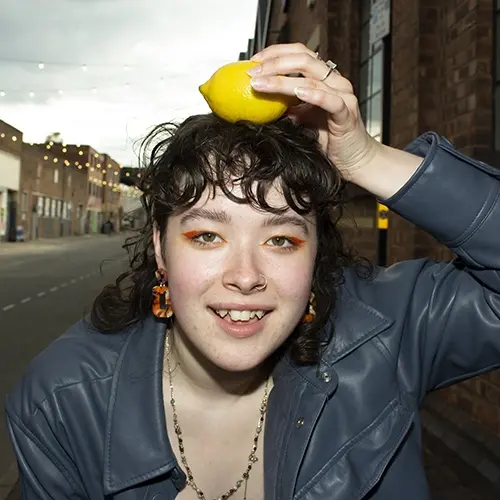
Bethan Jayne Goddard
